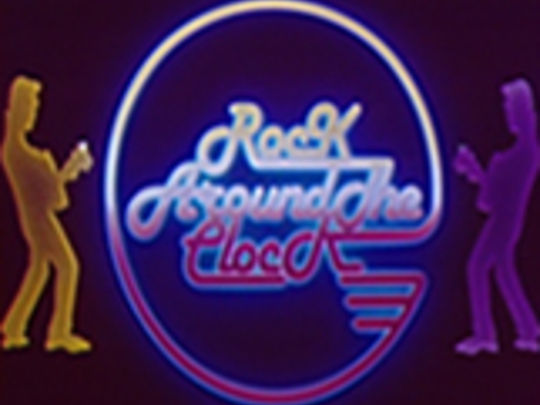New Zealand is on the threshold of its most exciting decade of broadcasting.
By the Minister of Broadcasting, Mr L. R. Adams-Schneider
From the Auckland Star, July 31, 1969
In the next ten years we shall see startling new developments, including the participation of private enterprise, the introduction of colour TV, the expansions of existing radio and television services, the use of satellite telecasts to bring world events into the living-room of every New Zealander, educational television and a much higher local programme content.
The spadework for much of this development has already been done. The creation of a Broadcasting Authority early this year paved the way for private enterprise participation, and already the authority has called for applications for warrants to run four private radio stations-two at Auckland, one at Hamilton and one at Dunedin.
So far, more than 90 groups, organizations and individuals have expressed an interest in establishing a radio station, or in participating in private radio operation.
This indicates a widespread public confidence in the future of broadcasting, and the stimulus of competition can only work to the benefit of the listening public.
The Broadcasting Corporation has for some years been planning its complex of television studios at Avalon, and the first stage of this project will be completed soon. When fully developed, Avalon will comprise two large and two small studios, a news studio and two presentation suites with fully equipped control rooms and servicing facilities.
This compares with the present facilities at Wellington of one medium and one small studio, and one presentation suite with servicing facilities elsewhere in the city.
A comprehensive linking system being developed by the NZBC will make it possible to transmit programmes from Avalon simultaneously throughout New Zealand. It will also be possible, and will become standard practice, to have a nation-wide link-up from any of the studios in the four main centres. The immediate benefit of this linking will of course, be in the presentation of topical news and sports.
New Zealand television will enter its second decade soundly based and with its future prospects bright. Now that single channel coverage is almost complete, there is public interest in a second channel, but at the same time there are sound arguments in favour of deferring this until it is technically and and economically feasible to bring in colour television.
Whether to have a second black and white channel soon, or to wait a few years and have a second channel and colour television, is a decision that must be made soon.
It is timely to reflect that what we have now in the way of TV coverage and studio facilities has been achieved in the space of a mere nine years.
As recently as June 1960, telecasts to a few score of Viewers began from Auckland and it was not until a year later that it was possible to transmitting from Christchurch and Wellington. Now there are many more than 600.000 television sets, and national coverage is complete except for a few fringe areas. it took radio 40 years to achieve what has taken television only nine.
I find it most stimulating to be closely associated with both radio and television at this time of Innovation and progress and I look forward with interest to the technological developments in both in the decade ahead.


Comments powered by CComment